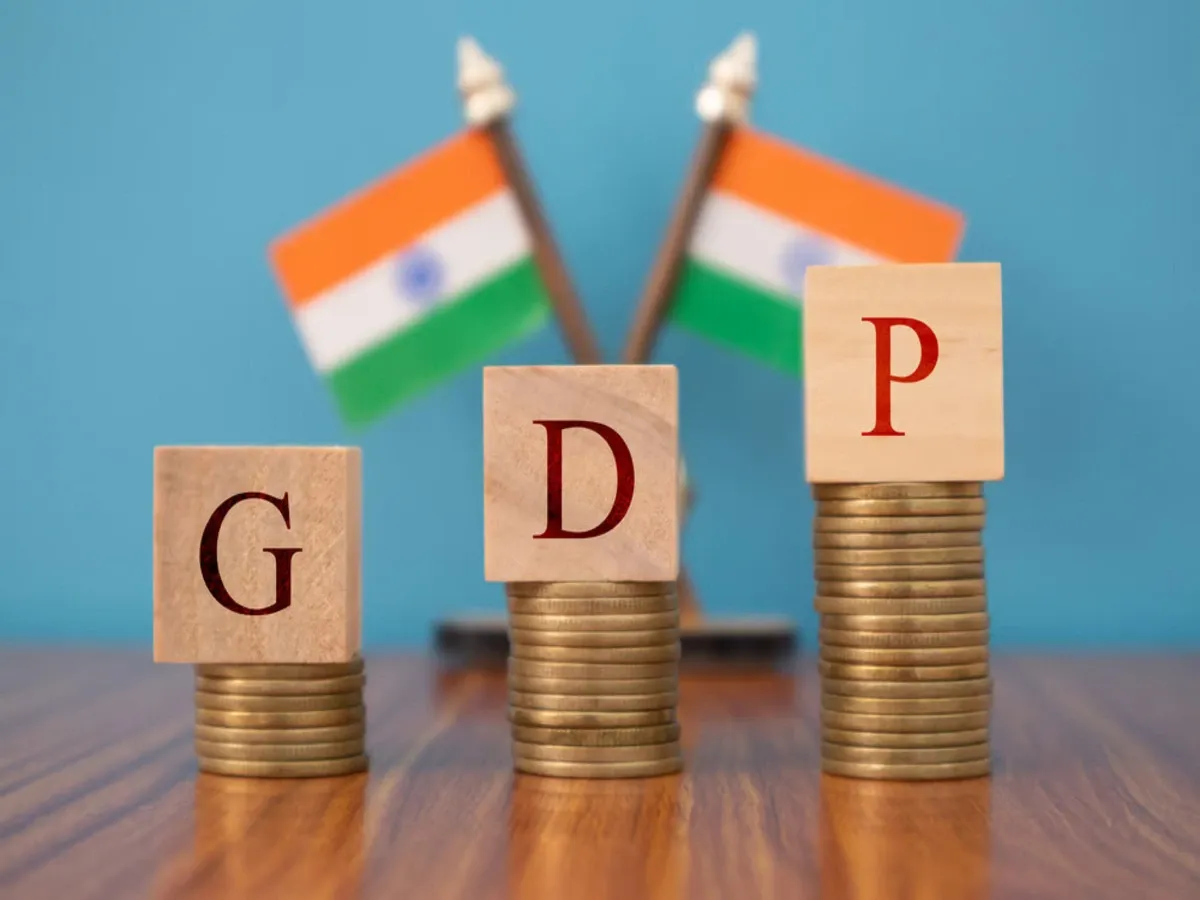Business News
Indian economy to grow 7-7.2% in FY25 on strong govt spending, increased manufacturing investments: Deloitte India

3 min read | Updated on October 22, 2024, 15:01 IST
SUMMARY
Deloitte India has retained the projected GDP growth rate for the Indian economy in FY25 to be between 7% and 7.2%. The economy grew by 6.7% in the April-June quarter of the current fiscal year.

The Reserve Bank of India projected the Indian economy to grow by 7.2% in the current fiscal armed with robust domestic activity
The Indian economy is expected to grow at a rate of 7-7.2% in the current financial year aided by strong government spending and increased manufacturing investments, Deloitte India said on Tuesday, October 22. However, a tempered growth rate will have an impact on the outlook for the next fiscal year, it added.
In its 'India Economy Outlook for October 2024', Deloitte said that factors like the thriving manufacturing sector, stable oil prices, and potential US monetary easing after elections can boost India's capital inflows. They can also reduce production costs and enhance long-term investments and job opportunities.
The country’s economy grew 6.7% year-over-year in the first quarter of FY25. Although this is the slowest growth in five quarters, India still ranks among the fastest-growing economies in the world.
Deloitte India has maintained its annual GDP growth projection for the Indian economy to be between 7% and 7.2% in FY 2024-2025 and between 6.5% and 6.8% in the following year, it said in a statement.
The Reserve Bank of India projected the Indian economy to grow by 7.2% in the current fiscal armed with robust domestic activity.
"Domestic factors such as moderating inflation, especially in food, better rainfall and record Kharif production, stronger government spending in the second half of the year, and rising investment in manufacturing will help in India's growth this year,” Deloitte India Economist Rumki Majumdar said.
"Higher capital inflows after the US Fed's rate cuts may translate into long-term investment and job opportunities as multinational companies worldwide look to further reduce operational costs. However, a tempered global growth outlook and a delayed synchronised recovery in western economies will likely weigh on India's exports and outlook for the next fiscal year", she added.
Job creation is crucial to ensure a steady household income in the country and the latest employment data points to some green shoots, Deloitte said.
"India will need more formal and quality jobs to ensure better income distribution. The emphasis on manufacturing and the rise in emerging industries, such as semiconductors and electronics that require advanced education and specialised skills will create more high-quality jobs," it said.
Moreover, India's push toward clean-energy alternatives is set to generate green jobs across various sectors, including energy, agriculture, tourism, and transport. Besides, India's greatest strength—its young and aspiring population—positions it to gain rapid and substantial returns from the government's recent efforts in skill development, Deloitte added.
The company said that the MGNREGA scheme provides temporary jobs to people who have limited or no alternate stable income opportunities. The scheme’s 12-month moving average 'employment demanded' number fell below pre-pandemic levels in August 2024 for the first time since the Covid-19 pandemic.
A steady decline probably also points to the possibility of individuals finding better-paying job opportunities elsewhere, it said.
According to Deloitte research, employment in the manufacturing and services sectors has also improved modestly. Implementing schemes like production-linked incentives (PLIs) has contributed to increasing employment shares in manufacturing to 11.4% since the pandemic figure of 10.9%.
Furthermore, the employment share of the services sector has also seen a big jump in the last one year, growing to 29.7% in 2023-24 from 28.9% in 2022-23. The largest growth in employment has been in the "other services" category, which includes business and professional services. The share of salaried workers, which declined during the pandemic, is also on the rise.
About The Author
Next Story

